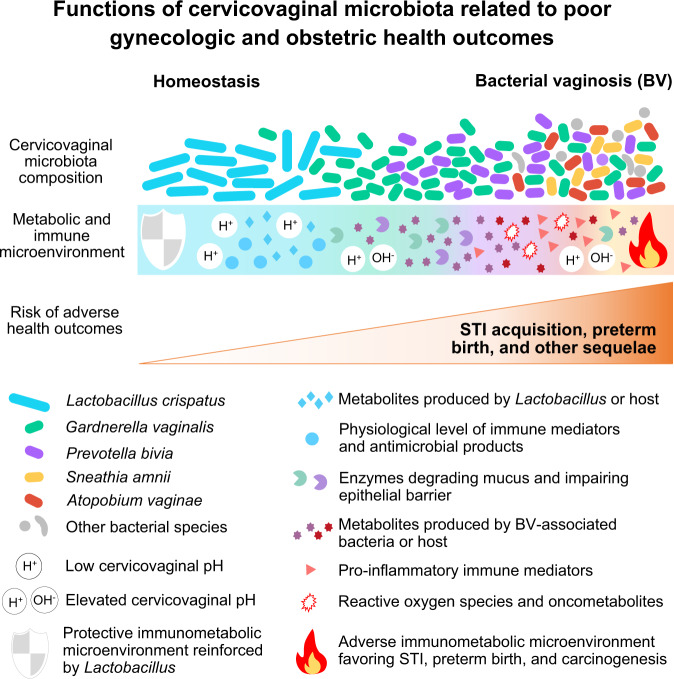Fig. 8. Summary of immunometabolic contributions of Lactobacillus and BVAB species in the cervical microenvironment.
L. crispatus reinforces protective microenvironment via antimicrobial metabolites, including PLA. G. vaginalis and P. bivia alter physiochemical barrier-related proteins and metabolites (mucins, sialic acid, polyamines). A. vaginae and S. amnii induce robust proinflammatory and pro-oncogenic responses through induction of cytokines, iNOS, and oxidative stress. Polymicrobial infection leads to the most robust cervical immunometabolic activity. These mechanistic insights on immunometabolic landscape provide better understanding of BV pathogenesis and connect BV with adverse women’s health outcomes.

